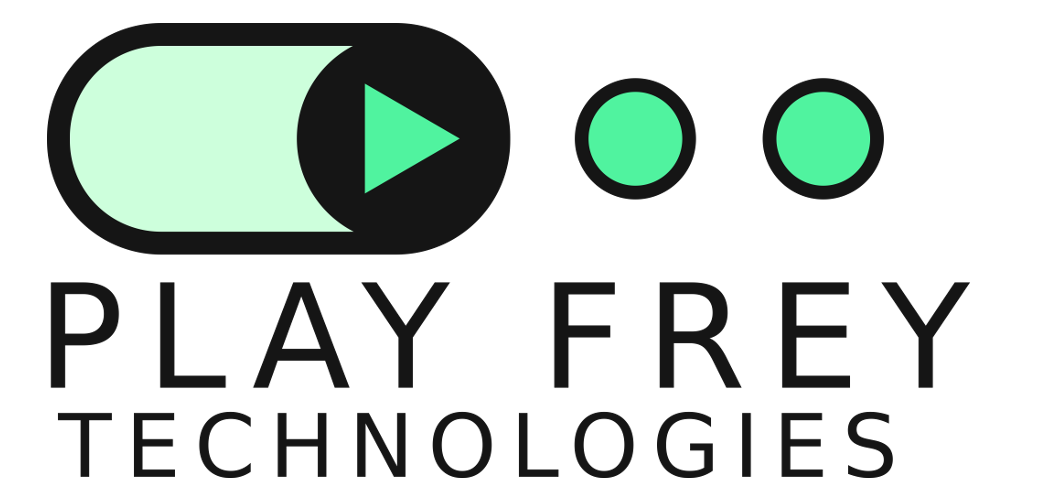Imagine you’re walking down the street…
And you see posted in the window of a bakery a very juicy, triple-decker chocolate chip raspberry cake. You’ve never heard of such a thing but it sounds awesome so you walk in and check it out.
Pies, cakes, cookies, and pastries catch your eye when you walk in the door. This decision to enter this store is really starting to pay off.
You go over to the cakes and start browsing, try as you might however you can’t seem to spot that triple-decker chocolate chip raspberry cake.
On approaching the staff you ask about the cake, they look at each other confused and unsure of what you’re talking about. You pointed at the poster and asked again.
“Oh, we don’t actually have that cake, but we have all sorts of other wonderful products! Can I interest you in this carrot cake instead?”
But you didn’t come in here for a carrot cake, you came in for a triple-decker chocolate chip raspberry cake.
You end up leaving feeling frustrated and deceived.
Matching Your Message To Your Offering with a Landing Page
What happened here is there was a terrible disconnect between the message and the offering. This, unfortunately, is where a lot of advertising online falls flat.
An ad is put out promoting a product with a link to the home page, with no further thought as to what the customer actually finds when clicked.
If you’re lucky, you might be saved by the customer finding what they initially clicked for on your home page. Otherwise, it might as well not even exist.
This is why Landing Pages, and understanding them, is so important.
Pages With Purpose
Landing pages represent where your visitors end up once they express interest in your online advertisement and end up on your website.
Think of it this way.
Rewind to 30 years ago when the phone book was relevant, you could put an ad in the phone book to get people to come to your business.
In those days, it was quite simple, people only really had two ways to get in touch.
They either visited or called (or sometimes mailed).
These days, it’s much more specific. It’s expected that you will deliver what you promised when that click is made.
Imagine putting out an ad that you repair windows, and then you start getting calls from people asking you to fix their vehicle windows because you just happened to be in an area where that’s in high demand.
The problem is that you work on building windows, not car windows.
This is a poor experience for everybody involved. You don’t get a sale, and the customer doesn’t get their need met, all because you weren’t specific enough on what you deliver.
The Landing page, then, makes sure the customer is perfectly clear on what is being delivered to them.
Call That Action
Each landing page needs a call to action. Click a button, make a call, buy a product, whatever it is it has to be a solid, concrete something.
You’ve wet their whistle, they want what you offer and…
What is it they must do to get it?
If you’re not clear, they won’t be either, and they won’t take action.
Make sure the call to action is bold, obvious, and that it’s clear to the visitor what they must do.
Actions
Take a look at your site, are you the slightest bit vague on what any page is for?
Big hint: if you say to yourself “Oh, it’s just here to inform them” you’ve already lost. Because even if you succeed in that, they leave and take no action to become a customer.
Look over your site and figure out what pages ask your visitors to perform something. If you can’t figure out what they are asking, or they are asking nothing at all, be sure to have a word with your developer.
For more information on Landing Pages, be sure to check this out.
That’s about it. Take care!



